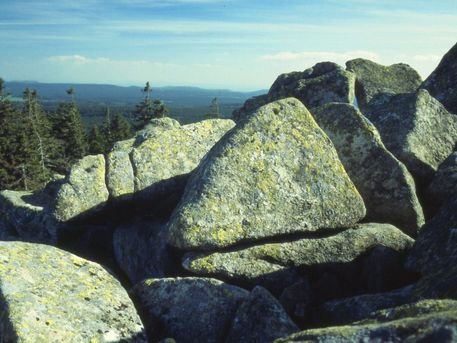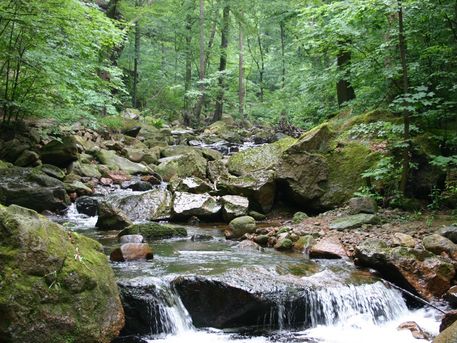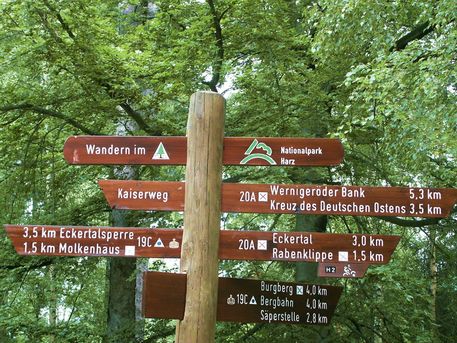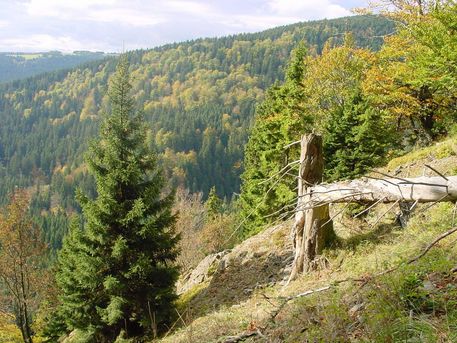A legendary mountain wilderness
National parks are protected areas rich in tradition, left to their own natural dynamics.
The beautiful Harz National Park extends around the Brocken, which, by the way, was climbed three times by Johann Wolfgang von Goethe on the path of the same name.
Deciduous or coniferous forests, along cliffs and moors or between boulders - let yourself be enchanted by the pristine and diverse mountain landscape! The landscape is home to countless rare animals and plants, which you can admire for yourself on a hike.
The perfect setting for an exciting hiking holiday in the Harz Mountains!




